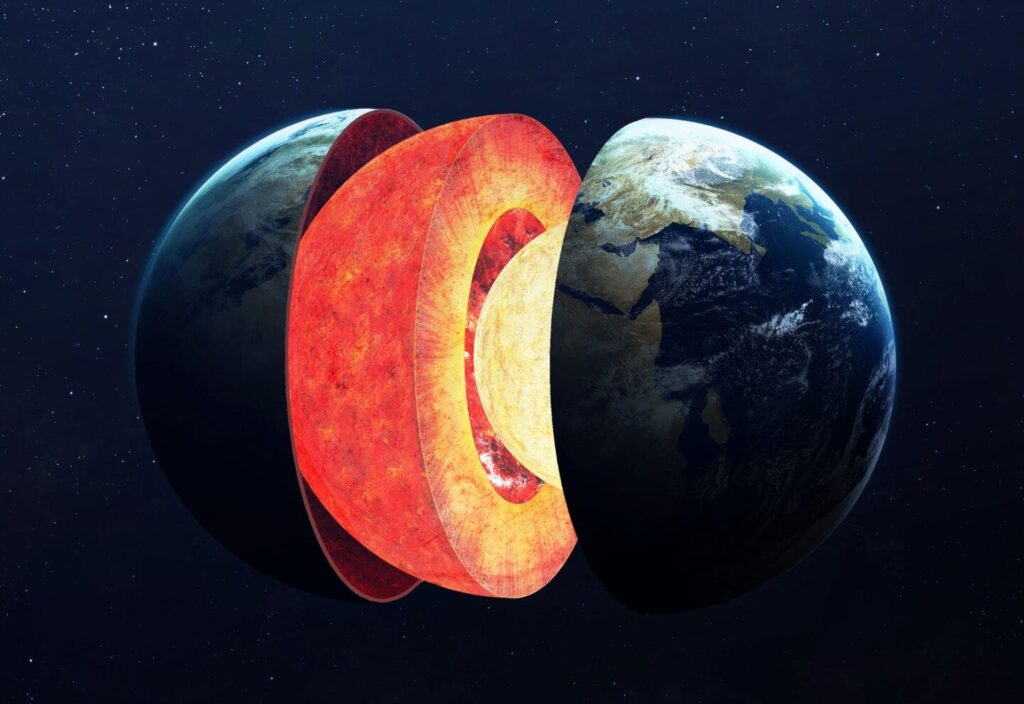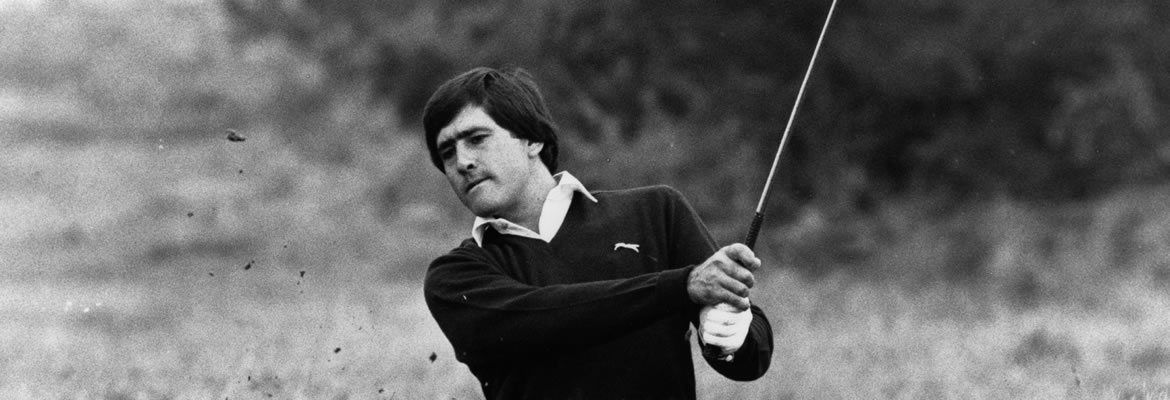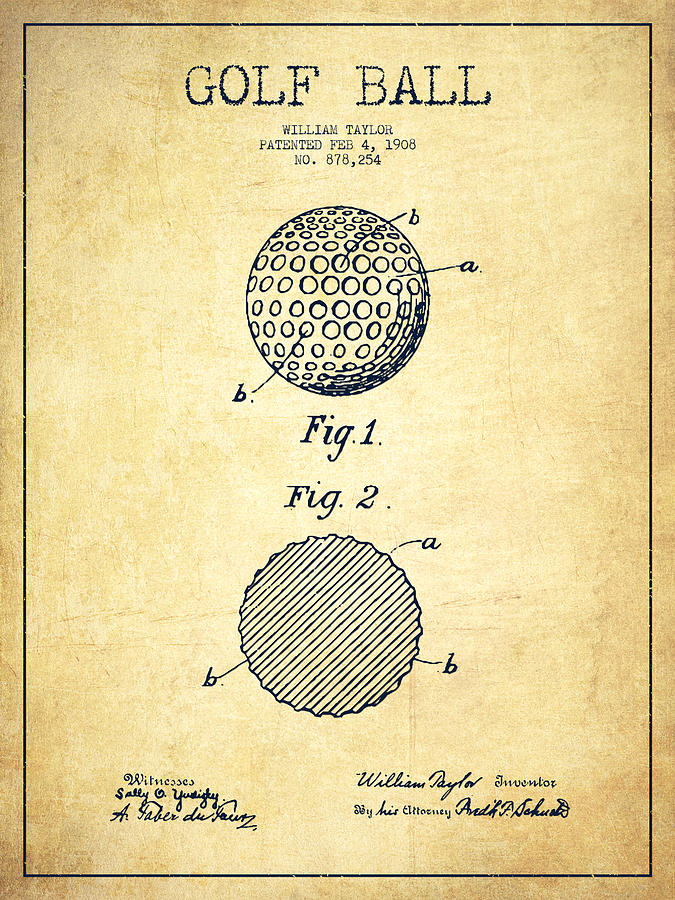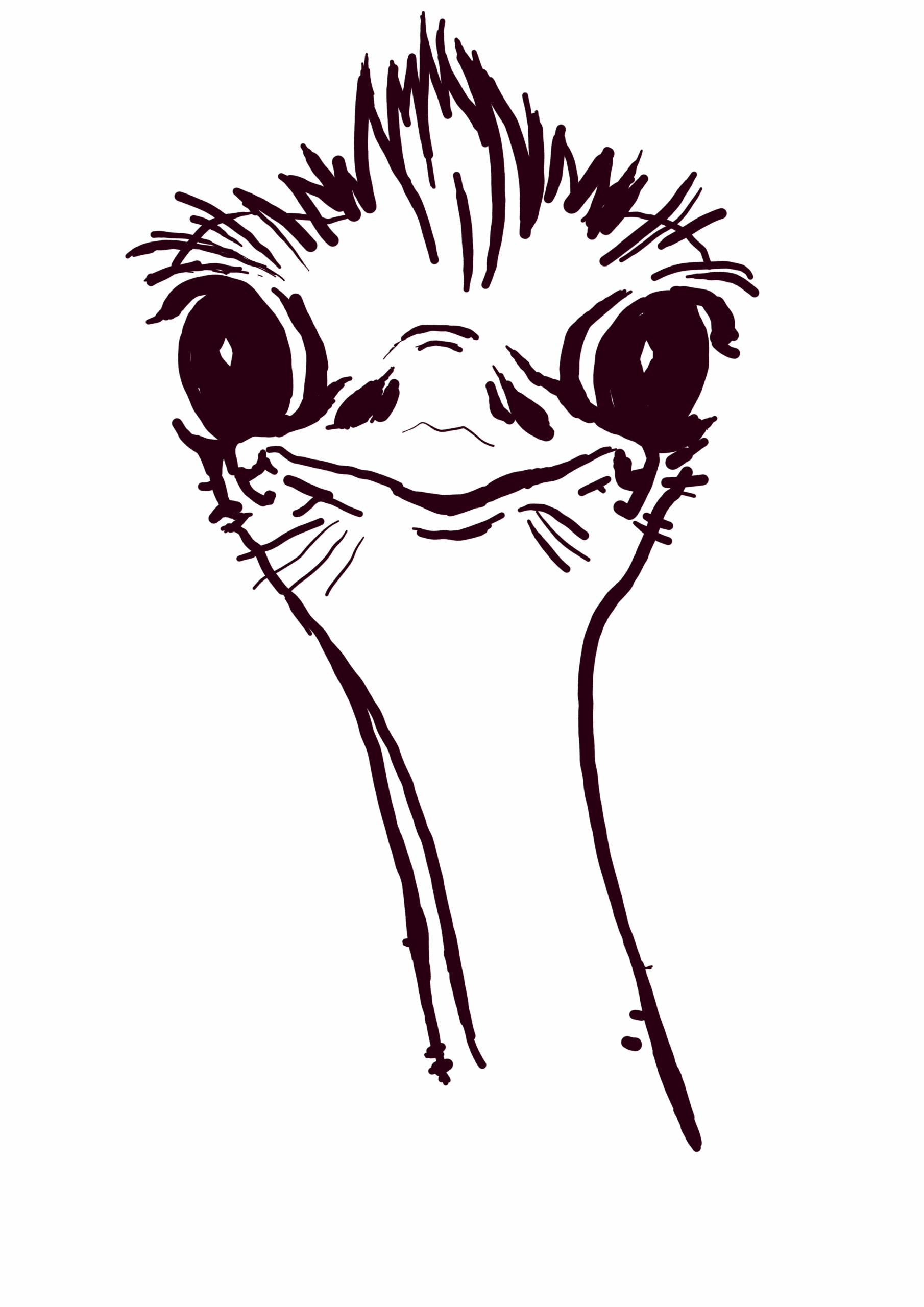"Golf is a very popular sport among gentlemen in Scotland... A man would live ten years longer if he played golf once or twice a week."
Dr. Benjamin Rush (1745 – 1813)
The history of golf is closely linked to the history of the golf ball, dating back centuries and undergoing a fascinating evolution over time. According to historian Heiner Gillmeister, the word golf It could be a Scottish alteration of the Dutch term kolf or kolv, meaning stick and bat..
Medieval Origins:
In the 15th century, a game known as “colf” was played in the Netherlands and other parts of Europe. This game involved hitting a wooden ball with a stick towards a target.
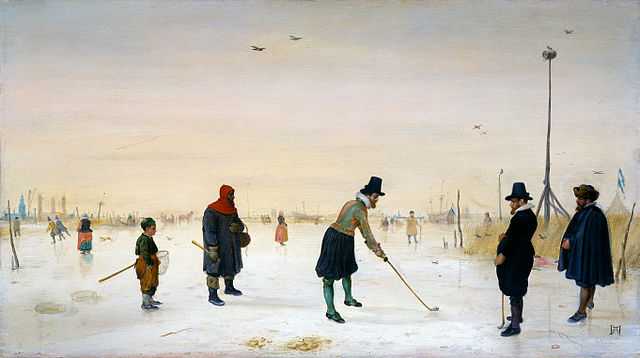
Introduction of the Term «Golf»:
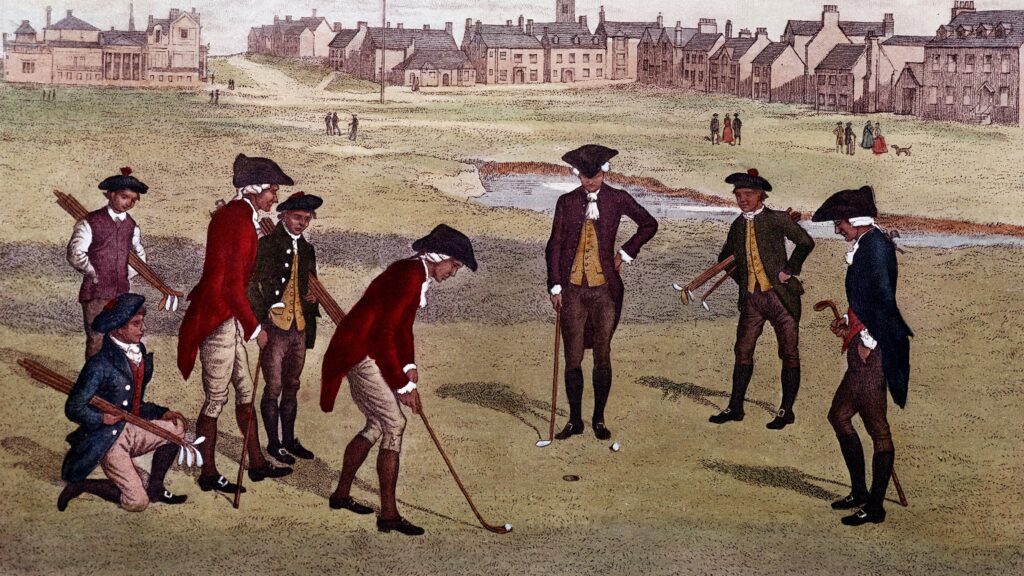
Leather Balls Stuffed with Feathers:
In the early days of golf, balls were made of beech wood. In the early 17th century, balls were made of stitched leather and filled with feathers. This design provided the sphericity essential to the game.
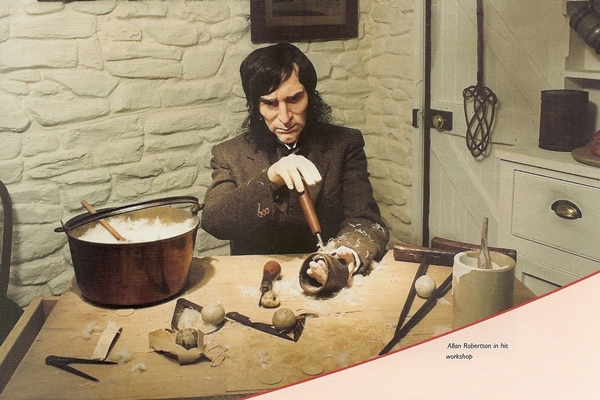
Gutta-percha balls:
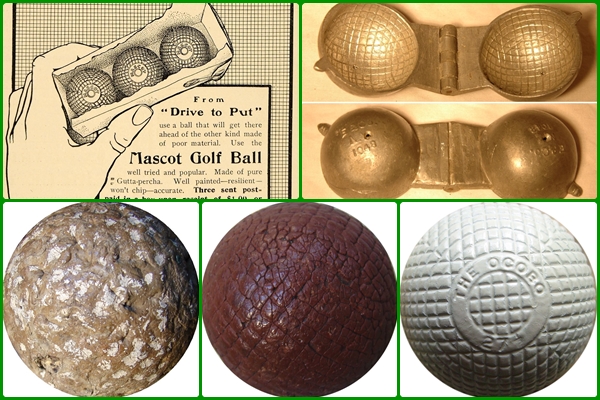
In the 19th century, the gutta-percha, a solid latex substance extracted from certain trees. These balls were more durable and had a smoother surface. The new material allowed golf balls to be manufactured on a larger scale and made them more affordable, allowing for further development and expansion of the game.
The Development of the Bramble:
At the end of the 19th century, the bramble, a dimpled ball, became popular. These dimples improved the aerodynamics and flight of the ball.
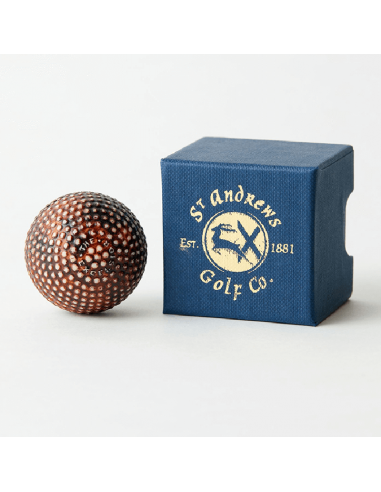
Two Piece Balls:
At the beginning of the 20th century, two-piece balls were introduced. which consisted of a solid rubber core surrounded by a cover. This design provided greater distance and durability. In 1908, William Taylor patented the alveoli on golf balls, also called "dimples", which was a revolution. The dimples on the surface of the ball generate turbulence in the air, which reduces air resistance and makes it possible for the ball to fly much further. They also provide greater control of the ball's trajectory in the air, which is vital for playing the short game.
The Era of Three-Piece Balls:
- In the 1970s and 1980s, three-piece balls emerged, with a liquid core in the center. These balls offered greater control over spin and distance.
Contemporary Technological Advances:
In recent decades, technology has played a crucial role in the design of golf balls. Advanced materials and manufacturing methods have been introduced to further improve performance, with 3, 4 and 5 layers being common.
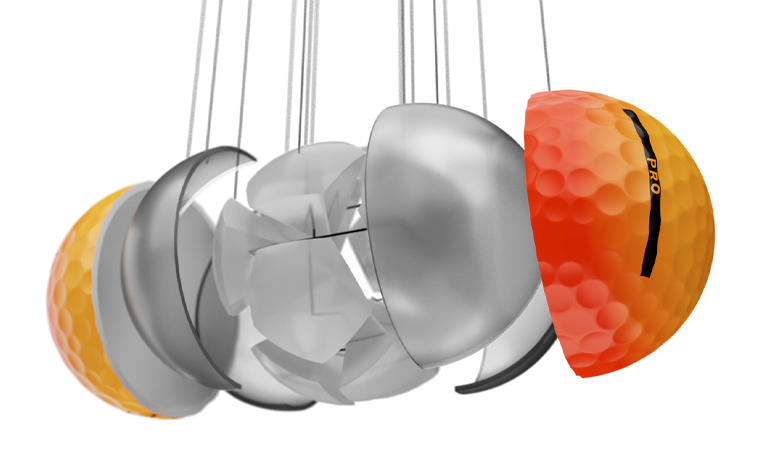
Ecological balls and Smart balls:

In more recent times, there has been a focus on sustainability, resulting in golf balls made from recycled or biodegradable materials. In turn, lAdvances in electronics and nanotechnology allow the experimental development of smart golf balls, like OnCore's Genius.
Variety of Specialized Balls:
- Nowadays, there are several categories of golf balls, such as practice balls, competition balls, those designed for slow-speed players, among others, each adapted to specific needs.
Throughout history, the golf ball has evolved from simple leather balls to sophisticated designs that take advantage of advanced technologies. This evolution has been driven by the constant quest to improve performance and the playing experience for golfers of all levels.
By the way, does this golf ball ring a bell?
